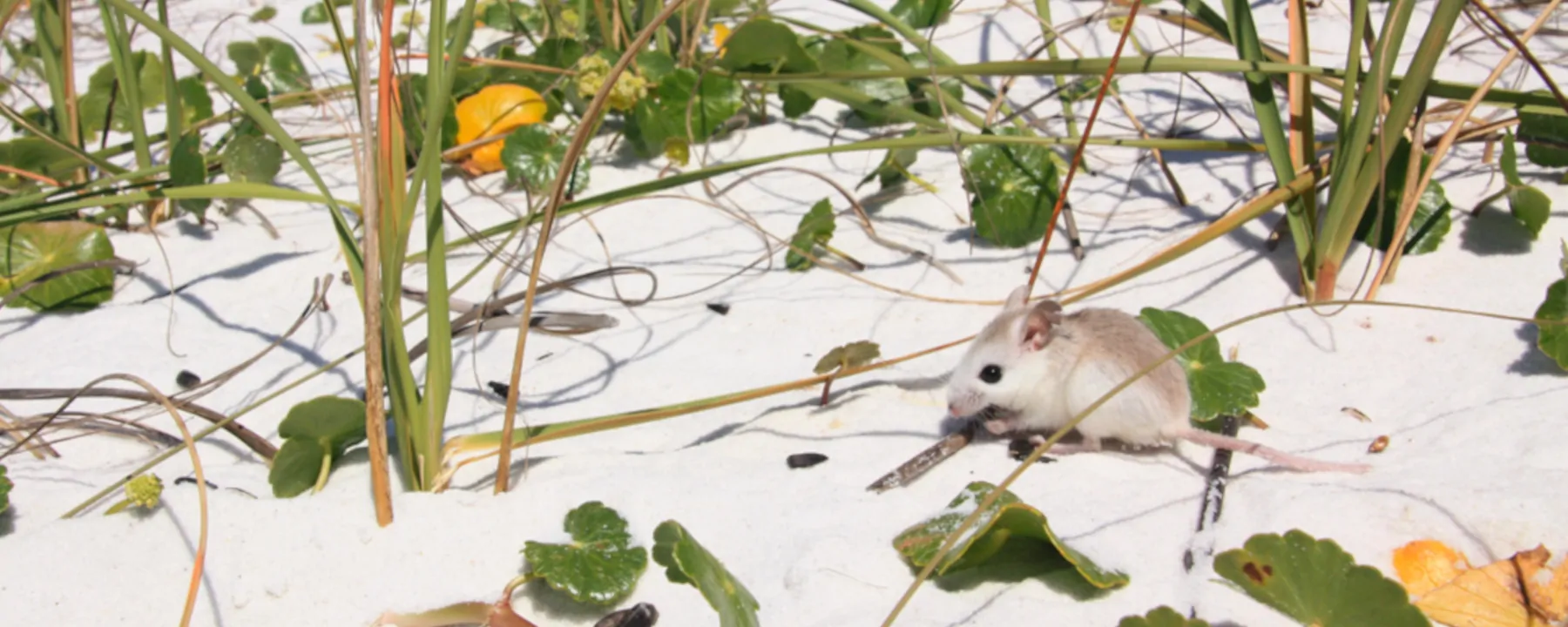Small charges carried by individual insects can add up, a study finds, with larger swarms generating substantial electrical fields.

Jef Akst
At a field station near the University of Bristol in the UK, experimental ecologist Ellard Hunting and his colleagues noticed an unexpected jump in the atmospheric electrical charge on a clear day, New Scientist reports. As it turns out, the jolt came from a nearby swarm of western honey bees (Apis mellifera), the team reports today (October 24) in iScience.
Researchers already knew that bees and other insects carry small charges, but Hunting tells New Scientist that he was “kind of surprised to see that [the honey bee swarm] had a massive effect.”
Further testing revealed that bee swarms can generate an electrical charge up to 1,000 volts per meter, with denser swarms leading to stronger electrical fields, the researchers write in their paper. That’s a charge density that greatly exceeds thunderstorm clouds and electrified dust storms, they report. The authors speculate that insects’ contribution to atmospheric electricity may influence physical phenomena such as the movement of dust.

© ISTOCK.COM, STEVENELLINGSON
The function of the electrical charges generated by bees and bee swarms is unknown, though some research suggests that certain species can detect weak electric fields with mechanosensory hairs that cover the insects’ bodies. This could mean that bees make use of electrical information to forage, the University of Maine’s Victor Manuel Ortega-Jimenez, who has studied how foraging hummingbirds might be using the electrostatic charges they generate and was not involved in the study, tells New Scientist.
Indeed, Hunting tells The Independent, the electrical field “changes for a while if a bee has visited a flower. . . . The next visiting bee could [detect] this and associate it with flowers that have little or no nectar present, and assist in their decision-making.”
See “Honeybee Microbes Shape the Colony’s Social Behavior”
The researchers also used their findings to build a model for the electrical charges produced by other swarming insects such as locusts, whose aggregations can be massive. “[T]heir influence is likely much greater than honeybees,” coauthor Liam O’Reilly of the University of Bristol says in a press release.
“We always looked at how physics influenced biology,” Hunting says in the statement, “but at some point, we realized that biology might also be influencing physics.”





























